- Japanese English

The focus of oral rehabilitation should always be the outcome, not any specific method or materials.
However, severely atrophied jaws, sinus morphology and/or poor quality bone present significant limitations
and challenges to treatment planning for dental implants, especially in a patient-centred approach involving
fixed and immediate function.
Zygoma implants offer an ability to overcome certain limitations, but involve advanced invasive surgery
which, when necessarily focusing on technique alone, may lead to poor prosthetic outcomes in terms of
cleanability, comfort and restorability. Additionally, the challenges which are evident on the radiographs
may differ from what the surgeon encounters at surgery, and may require a modification to the surgical
approach or an abandonment of the plan.
Based on experience of approx. 5,000 Zygomatic implants over a 12 year period, this program will explore the
efficacy of Fibishenko’s approach to Zygomatic implants and combination of other advanced yet predictable
surgical and restorative techniques as a means to control the outcome. It will feature treating the
edentulous, as well as those with failing dentitions and complex anatomical or clinical presentations using
a digital workflow.
Dr Fibishenko will describe and compare four surgical methods to idealise the placement of Zygoma implants
for an optimal patient-centred prosthetic outcome, and will present results of his clinical study:
* comparing the differences between planned and executed (or abandoned) treatments involving Zygoma.
* life table analysis of performance (interruptions to fixed function).
* patient-reported outcomes relative to various initial clinical presentations (edentulous, partly
edentulous and fully edentulous).
* recorded clinical outcomes
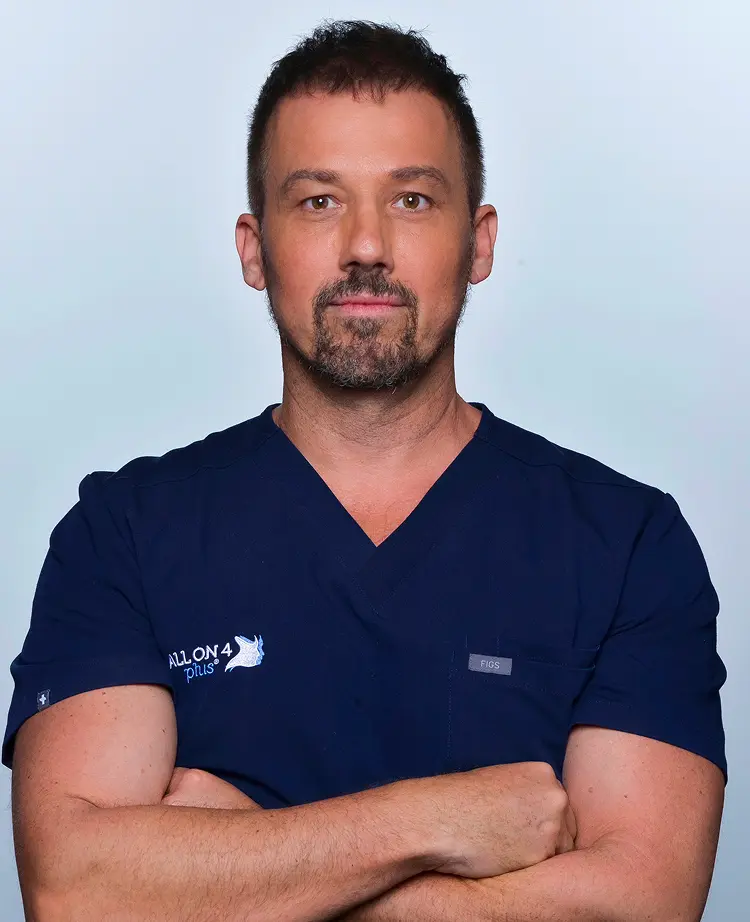
Soft tissue substitutes have emerged as a valuable alternative to autogenous grafts for achieving esthetic enhancement in implant and periodontal therapy. These biomaterials, derived from collagen or synthetic matrices, aim to promote soft tissue thickening, contour improvement, and harmonious integration with surrounding tissues while minimizing patient morbidity. This lecture will highlight the biological rationale, clinical indications, and current evidence supporting the use of soft tissue substitutes for peri-implant and periodontal esthetic improvement. Recent clinical and histologic findings demonstrate comparable outcomes to autogenous connective tissue grafts in terms of soft tissue volume gain and color match, with the added benefit of reduced surgical invasiveness. Surgical protocols, and long-term stability to fully establish soft tissue substitutes as predictable tools for esthetic enhancement will be presented.
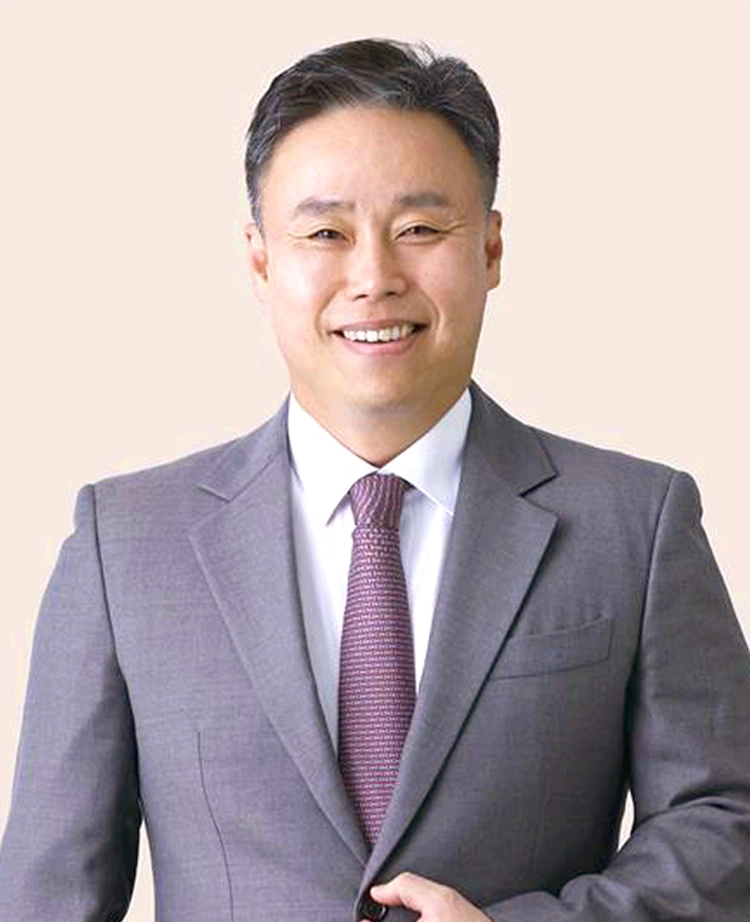
Piezosurgery has revolutionized dental implantology and bone surgery by offering unparalleled precision,
minimally invasive techniques, and enhanced patient outcomes.
This lecture will explore the advanced applications of piezosurgery in dental implant placement, bone
grafting, sinus lifts, and other osteotomy procedures.
By leveraging ultrasonic vibrations, piezosurgery allows for selective cutting of mineralized tissue while
preserving soft tissue, reducing trauma, and improving healing.
Attendees will gain insights into the scientific principles behind piezosurgery, its clinical advantages
over traditional methods, and practical tips for integrating this technology into daily practice.
Through case studies and evidence-based research, this presentation will demonstrate how piezosurgery is
shaping the future of implantology and bone surgery, offering safer, more predictable, and patient-friendly
solutions.

I am truly honored to have been invited by the ICOI Japan to serve as an international guest lecturer at this year's conference. This time, I will be sharing the application of the IGP (Inverted Gingival Pouch) technique in implant dentistry . In cases of severe periodontal destruction, following proper defect classification and surgical principles, it is possible to rebuild both hard and soft tissues in a single procedure. Through over a decade of clinical practice, I have continuously pushed the boundaries of the IGP technique, striving to preserve as many teeth as possible, with implants only replacing those that are beyond saving.

Mr. Kitazawa began his football career with the Yomiuri Soccer Club Junior Youth during his junior high school years. After graduating from Shutoku High School, he joined Honda Motor Co., Ltd., and later studied abroad before earning his first selection to the Japan National Team. He went on to play for Yomiuri Club (now Tokyo Verdy), achieving 264 appearances in the J1 League and 59 international A matches for Japan. He retired from professional football in 2003 and is now active as a TV and streaming commentator, as well as in social and sports development activities.

Former Fuji TV Announcer. Ms. Kuji has hosted a wide range of programs—from news and information shows to sports events—and currently works as a freelance announcer, TV personality, and event host.
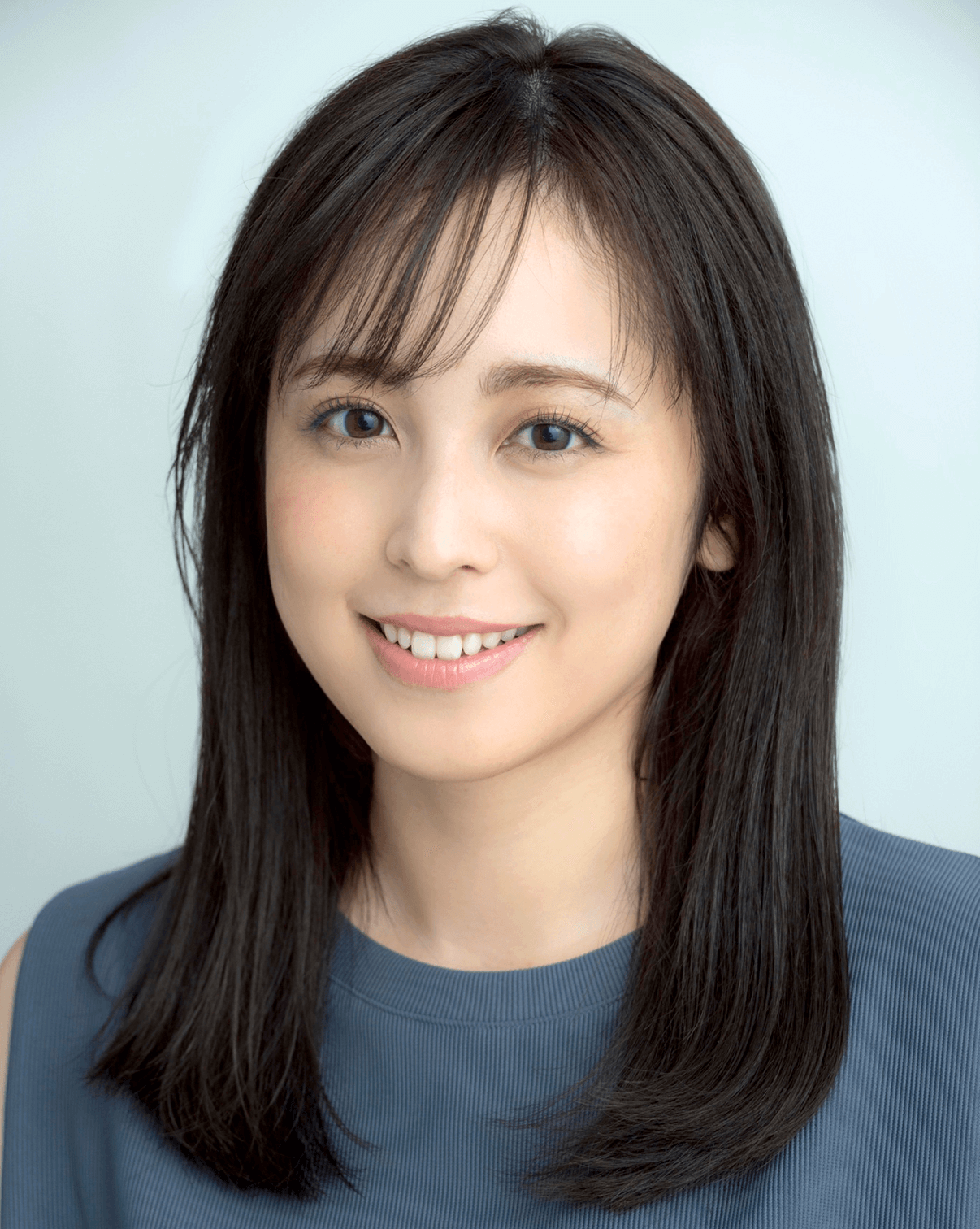
Fibishenko will share some of his methods and near 20-year experience with immediate loading and more specifically Immediate Final Teeth. He will demonstrate his current patient-centred surgical and digital workflow from simple cases to complex situations by controlling stability of BLX implants using precision drilling and cortical anchorage, or by using ZAGA implants in situations with inadequate bone volume, all without affecting the overall timeframe and journey for the patient.

In cases with 1mm of residual vertical bone height in the maxillary molar region, the two-stage technique
via the lateral approach is common.
This method involves a long treatment period and carries a high risk
of complications such as maxillary sinus membrane perforation and graft material leakage. This technique is
highly challenging and does not yield consistent results regardless of the practitioner.
In Japan's
super-aged society, a method with minimal surgical invasiveness, short treatment duration, and low
complication rates is essential.
As of 2025, I wish to present on the predictability of graftless sinus
lift procedures using wide short implants for cases with 1mm vertical bone height in the maxillary molar
region.
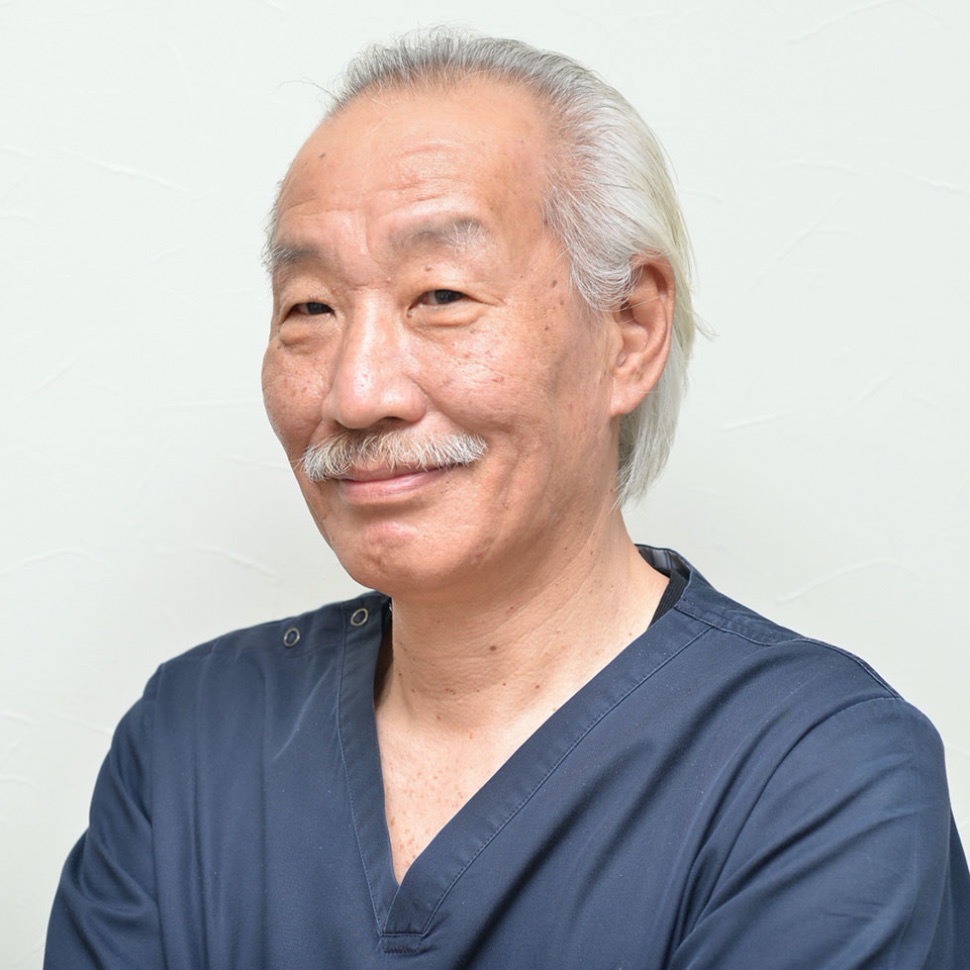
It is a common understanding not only in the dental industry but in all industries that improving productivity through digital technology will be a breakthrough to social issues such as a declining labor force. Unexpectedly, in recent years in the dental industry, the spread of CAD/CAM equipment such as intraoral scanners has made it possible to digitally support the production of most prosthetics and dental prostheses. However, digitalization that only substitutes manual work for machines does not bring about much benefit. The significance of digitalization can only be maximized when a system is created that takes advantage of the productivity improvement brought about by digitalization. This is DX (digital transformation). At our hospital, we have been carrying out quite extreme DX over the past six years in particular. The results have been tremendous, and the lives of both my staff and myself have changed completely, including the economics. Today, I will talk about the essence of it.
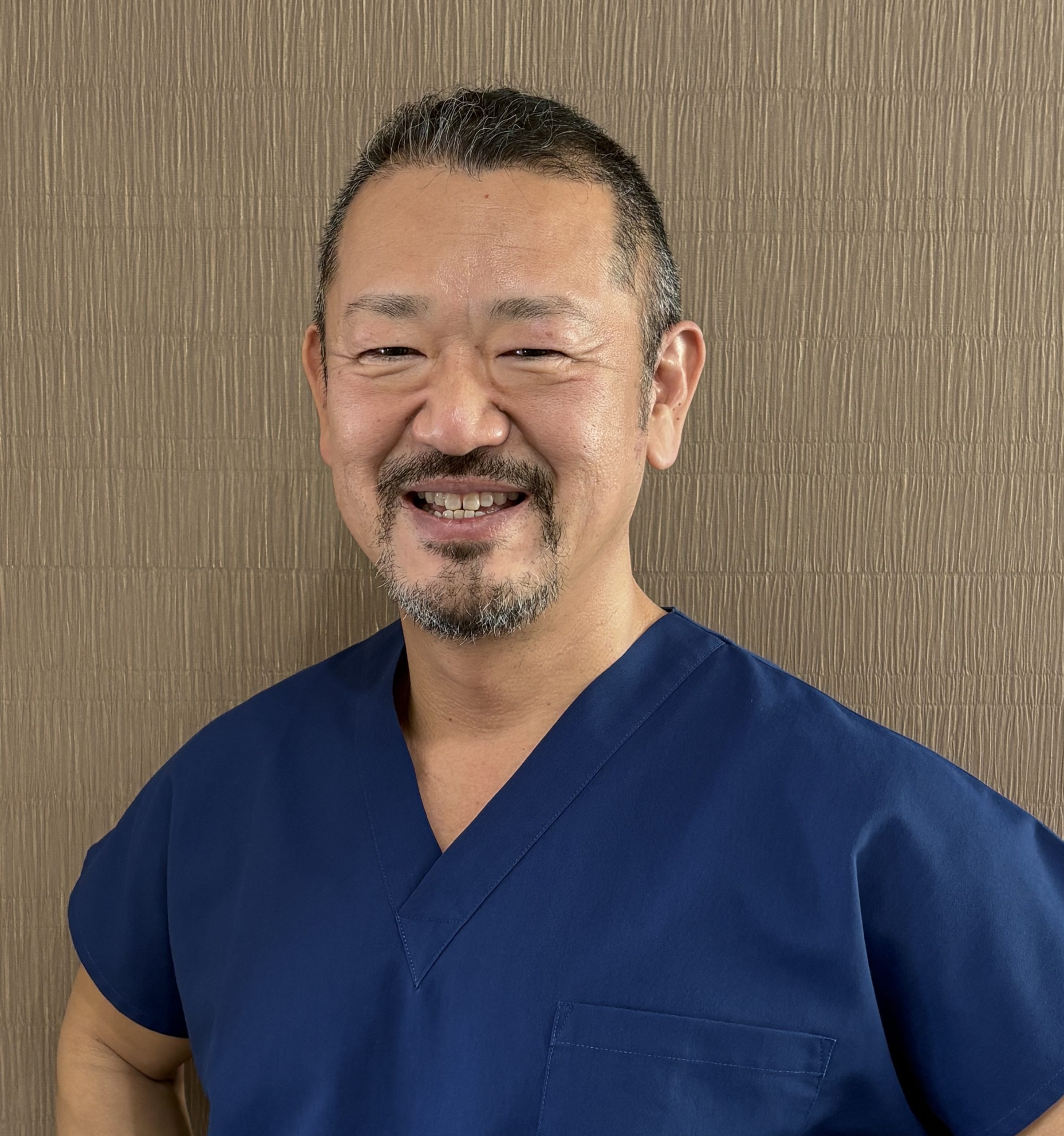
In implant dentistry, the emergence profile of implant prostheses plays a crucial role in achieving both esthetic and functional success. The emergence profile can be divided into two key areas: the critical contour area, which determines the position and morphology of the cervical line, and the subcritical contour area, which contributes to the stability of the peri-implant soft tissue. By designing each area with an appropriate morphology, it is possible to fabricate implant restorations that are both esthetically pleasing and biologically stable. Moreover, the ideal emergence profile is highly dependent on the implant placement position, which directly affects the prosthetic contour. In this lecture, the concepts behind the morphology of the critical and subcritical contours will be discussed in detail, along with their relationship to implant positioning and prosthetic design.
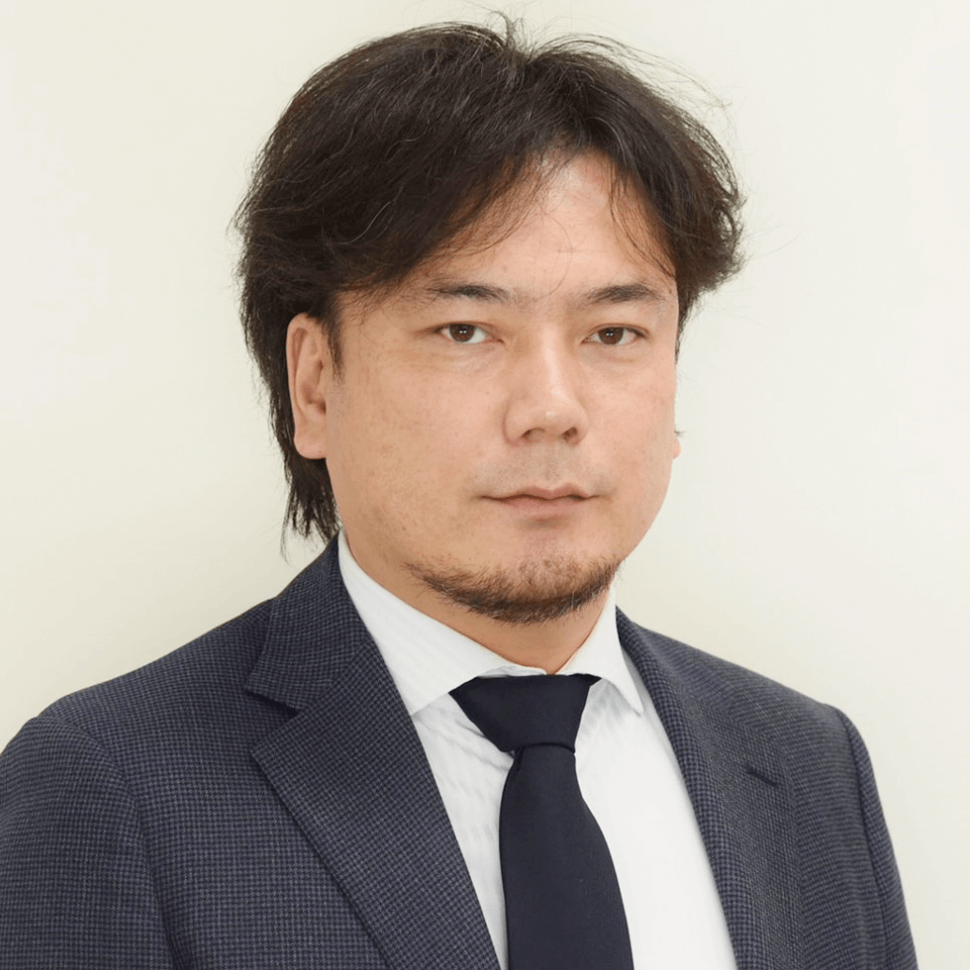
Deepen your understanding of implants and consider risks before developing a maintenance plan for dental hygienists.

Did you know that the increasingly popular medical art makeup can now be performed in dental clinics? In this seminar, we will explain the characteristics and clinical cases of lip art makeup performed within dental settings, and discuss how it contributes to improving patients’ quality of life (QOL) as well as to expanding self-pay treatment opportunities for clinics. Join us to explore new possibilities in oral esthetics and take the next step in your professional career.

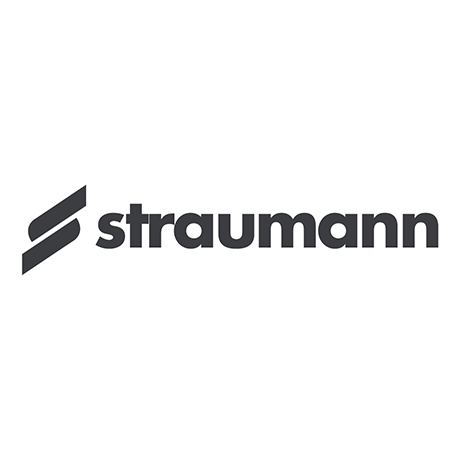
In recent years, the accuracy and clinical efficiency of guided surgery in implant dentistry have dramatically improved.This presentation focuses on the characteristics of Neodent implants and the new guided surgery system “EasyGuide”, emphasizing prosthetically driven implant positioning, reconsideration of depth settings based on minimal bone resorption, and applications for both anterior and full-arch cases.Furthermore, it will discuss the integration of the digital workflow, optimization of implant placement, and key clinical considerations for achieving predictable outcomes.

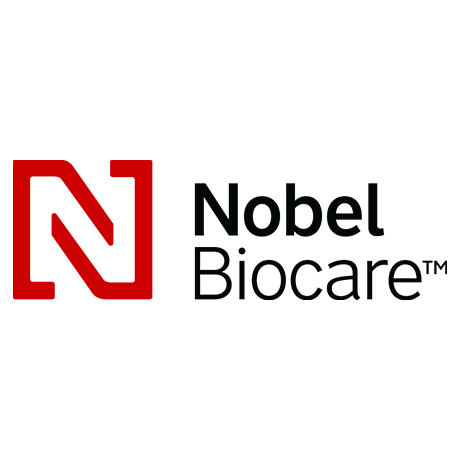
In conventional static guided surgery, the drill simply passes through the guide sleeve, and the accuracy of the implant placement can only be confirmed postoperatively.In contrast, X-Guide® integrates with CT data in real time, allowing clinicians to “verify” accuracy intraoperatively.By visualizing anatomical limitations during the procedure, X-Guide® enables safer and more precise implant placement.This presentation will introduce clinical cases demonstrating how next-generation digital navigation surgery can enhance predictability and surgical precision.
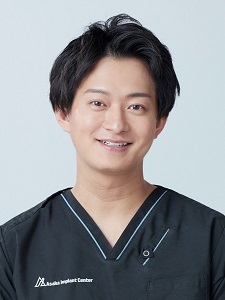
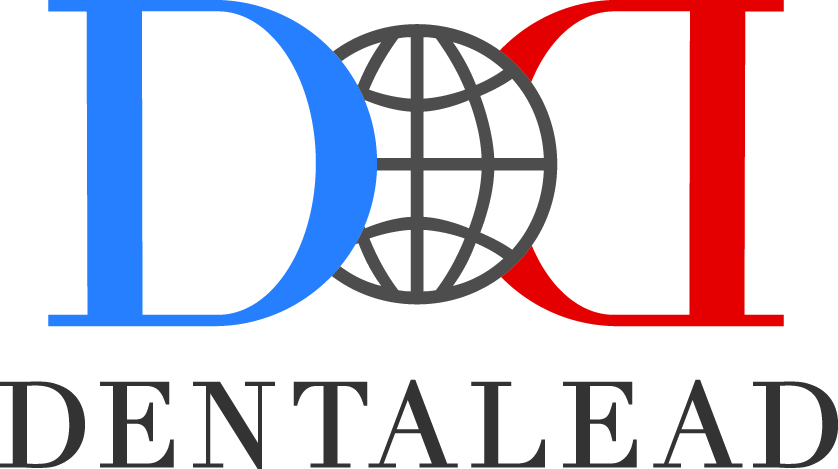
Released in October 2025, “DENNOVATE Teeth Whitening Gel Pack” introduces a new concept of professional home whitening — a genuine medical-grade whitening system that works by simply applying the pack to the teeth. In this seminar, Dr. Nakajima will compare this innovative product with conventional clinical whitening methods, presenting its advantages, usability, and clinical value through actual case examples. He will also discuss how introducing DENNOVATE can enhance patient satisfaction and promote continuous patient visits by offering a new, comfortable whitening experience in dental practice.
